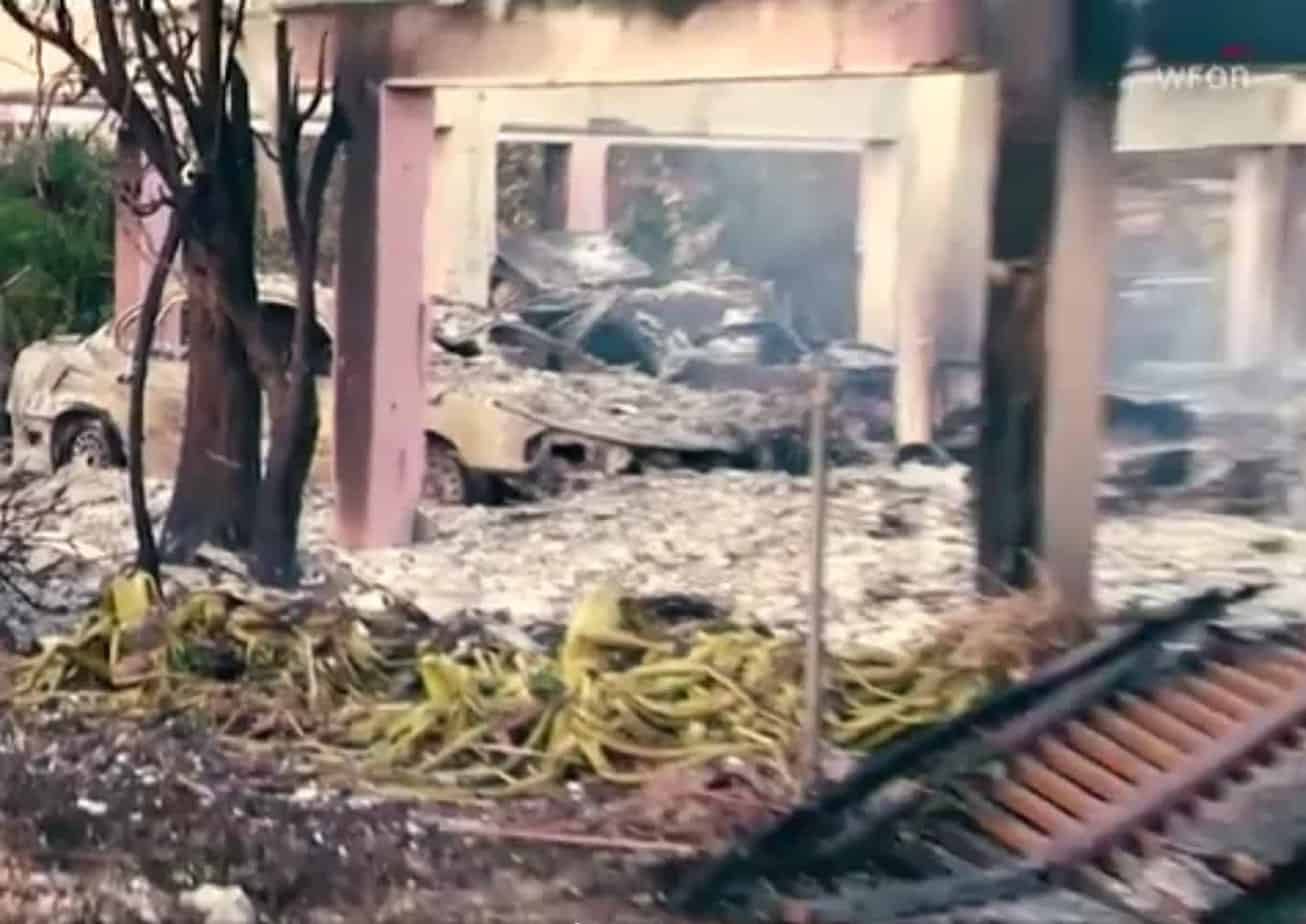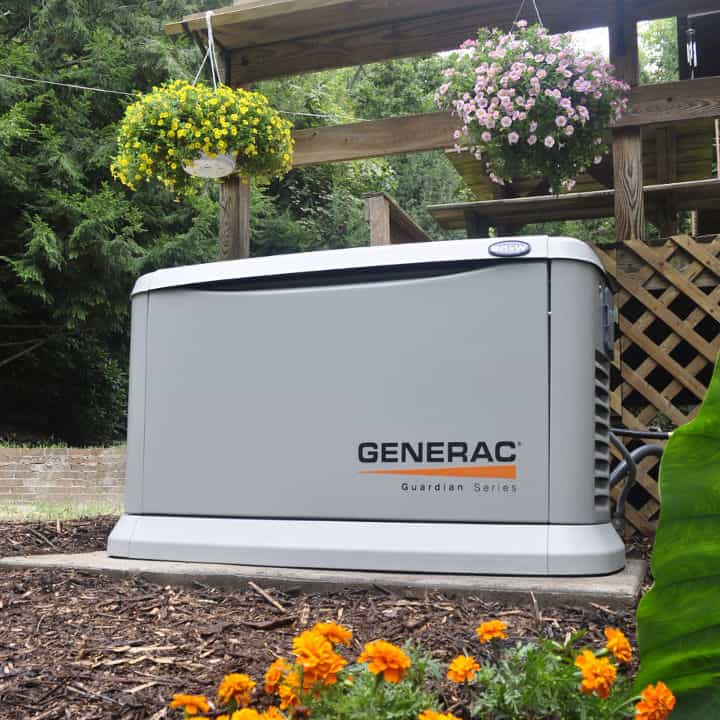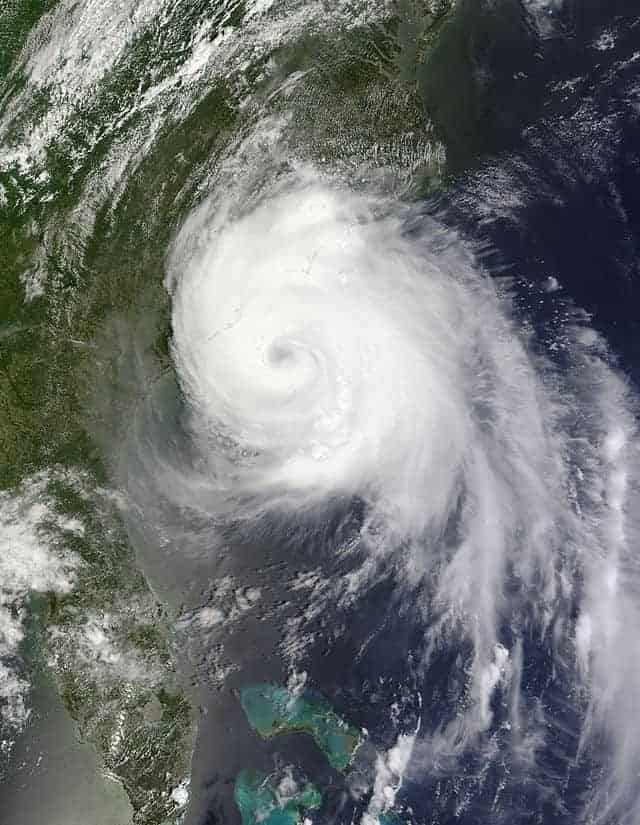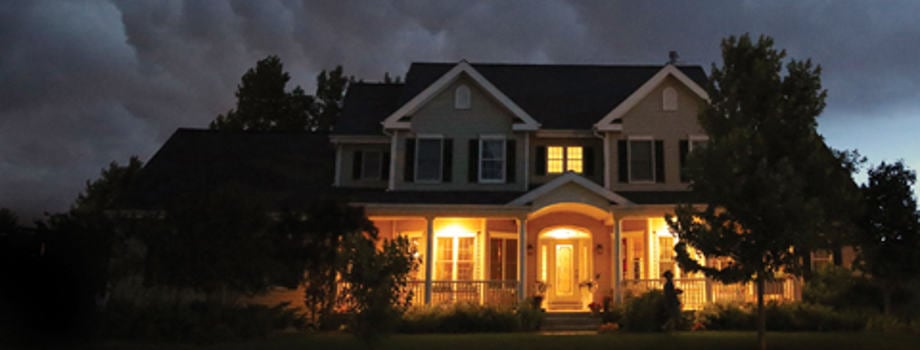Clean Up
Cleaning up after a storm is one of those necessary tasks that has to done and nobody wants to do. I’ve taken some tips from the CDC and posted them here for your convenience. All of these suggestions are meant to keep you safe.
While the suggestions that follow can be applied to all kinds of disaster relief situations, there is no kind of disaster that affects more people across North America than extreme weather conditions. These conditions are becoming increasingly violent, and less predictable every year.
Reentering Buildings
• Stay away from damaged buildings or structures until they have been examined and certified as safe by a building inspector or other government authority. You may want to wait to return to buildings during daylight hours, when it is easier to avoid hazards, particularly if the electricity is off and you have no lights.
• Leave immediately if you hear shifting or unusual noises that signal that the structure may fall or if you smell gas or suspect a leak. If you smell gas, notify emergency authorities and do not turn on the lights, light matches, smoke, or do anything that could cause a spark. Do not return to the house until you are told it is safe to do so.
• Keep children and pets out of the affected area until cleanup has been completed.
General Safety Measures
• Have at least two fire extinguishers, each with a UL rating of at least 10A, at every cleanup job.
• Wear hard hats, goggles, heavy work gloves, and watertight boots with steel toe and insole (not just steel shank) for cleanup work. Wear earplugs or protective headphones to reduce risk from equipment noise.
• Use teams of two or more people to move bulky objects. Avoid lifting any material that weighs more than 50 pounds (per person).
• When using a chain saw, operate the saw according to the manufacturer’s instructions, wear appropriate protective equipment, avoid contact with power lines, be sure that bystanders are at a safe distance, and take extra care in cutting trees or branches that have gotten bent or caught under another object. Use extreme caution to avoid electrical shock when using an electric chain saw.
• If there has been a back-flow of sewage into your house, wear rubber boots, rubber gloves, and goggles during cleanup of the affected area.
• In hot weather, try to stay cool by staying in air-conditioned buildings, taking breaks in shaded areas or in cool rooms, drinking water and nonalcoholic fluids often, and wearing light and loose-fitting clothing. Do outdoor activities during cooler hours.
Carbon Monoxide Exposure
• Never use generators, pressure washers, or other gasoline, propane, natural gas, or charcoal-burning devices inside your home, basement, garage, or camper. Keep these items at least 20 feet from any open window, door, or vent when you use them. Carbon monoxide—an odorless, colorless gas from these sources that can cause sudden illness and death—can build up indoors and poison the people and animals inside.
More information on any of these topics is available at: http://www.bt.cdc.gov/disasters/cleanup/
http://www.redcross.org/www-files/mobile/images/ReturnHome%20ENG_mobile-op_8-29.pdf


















